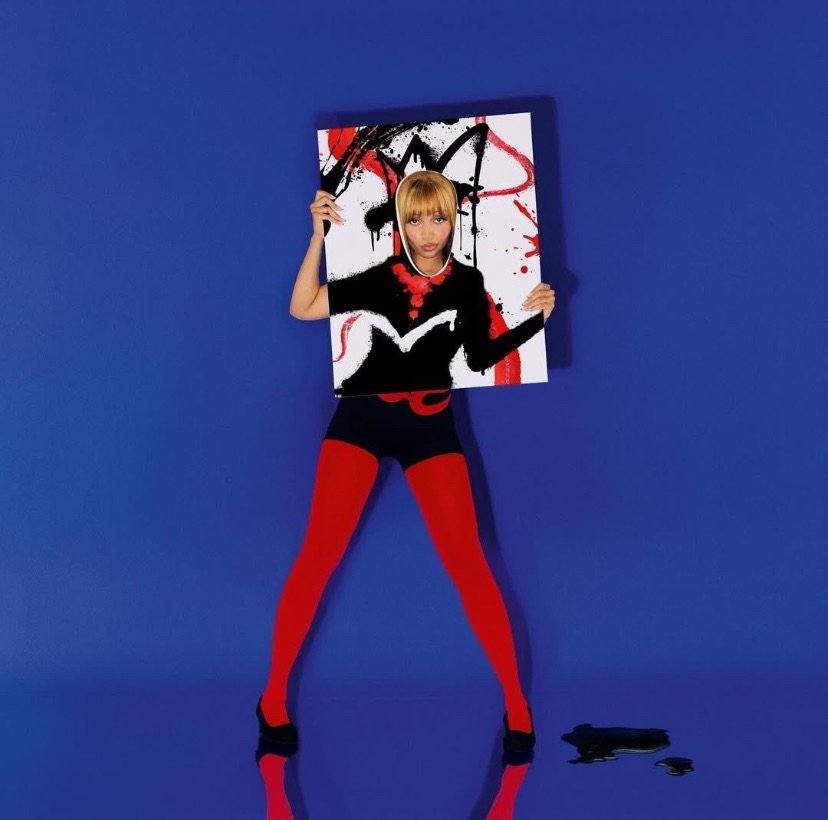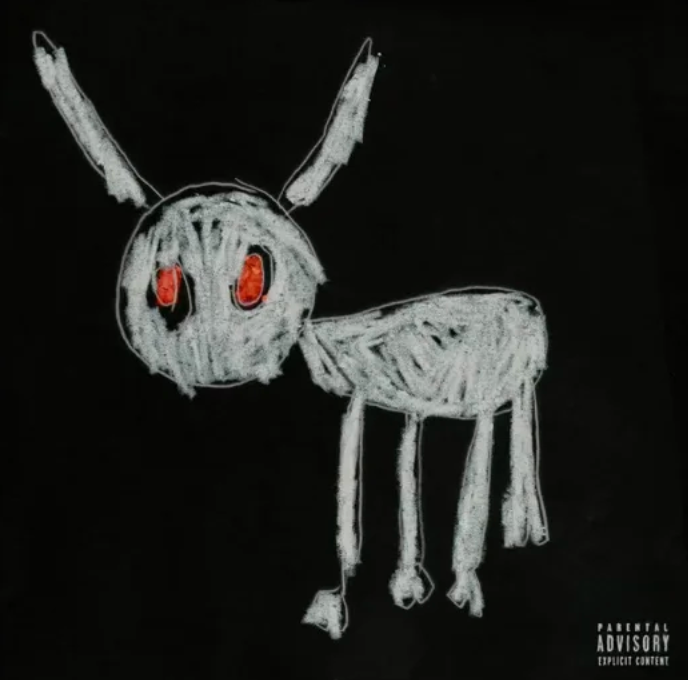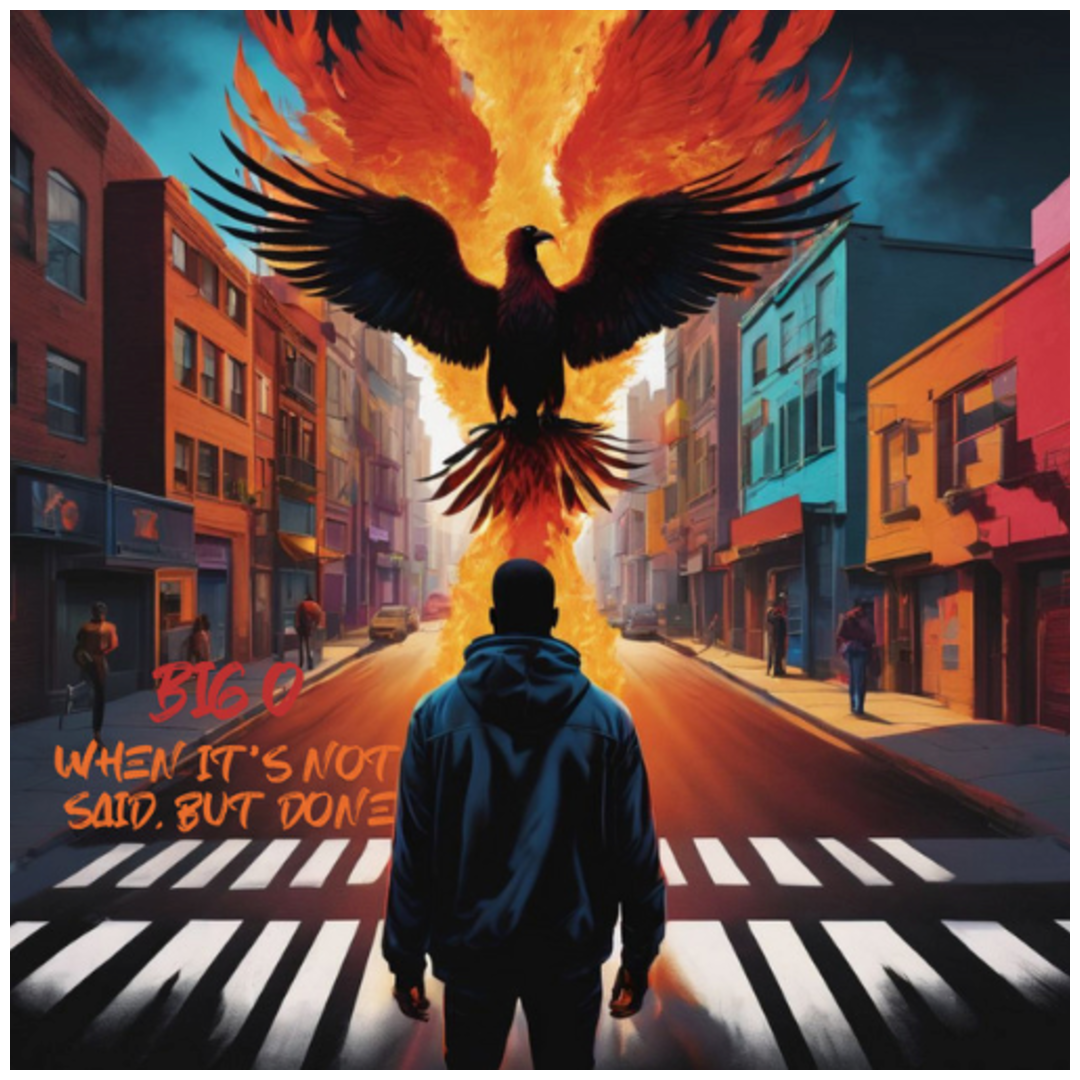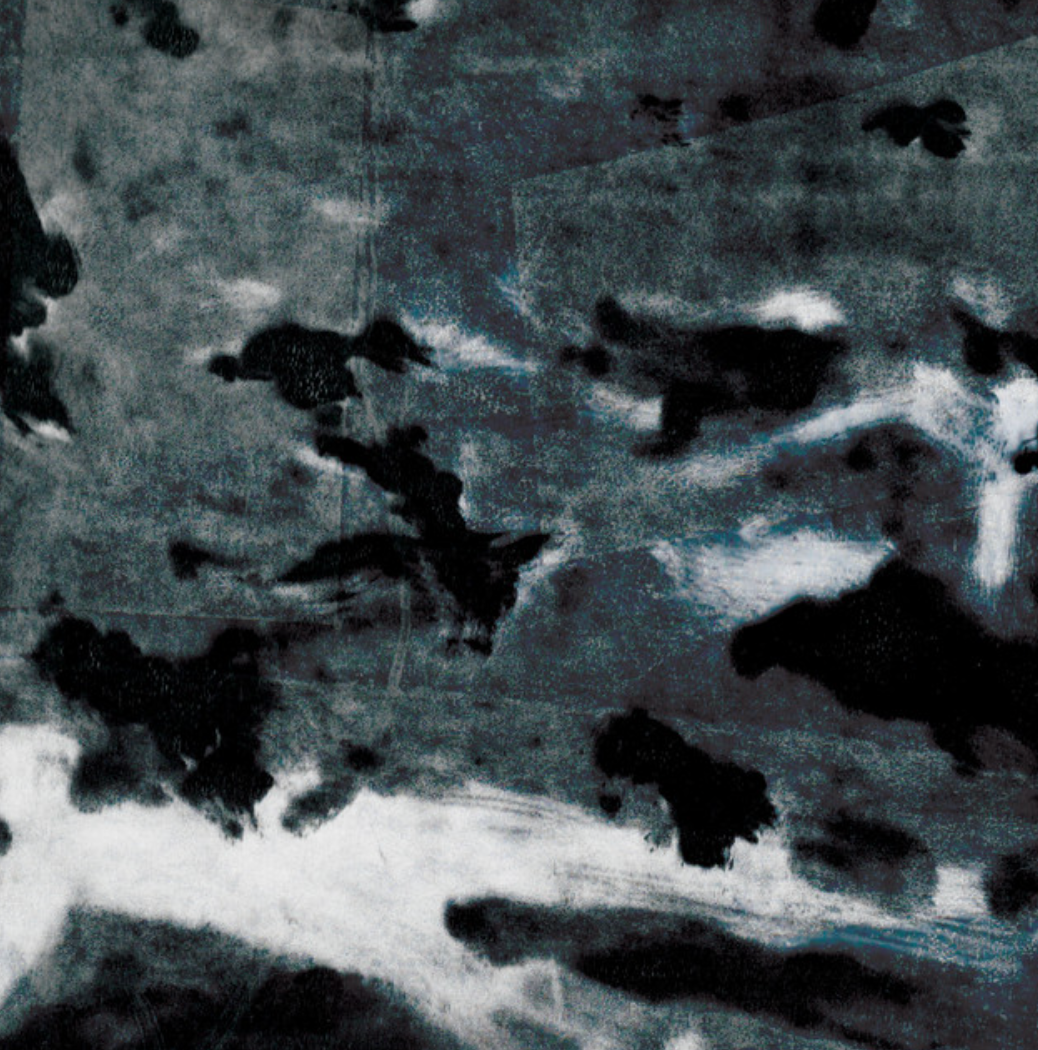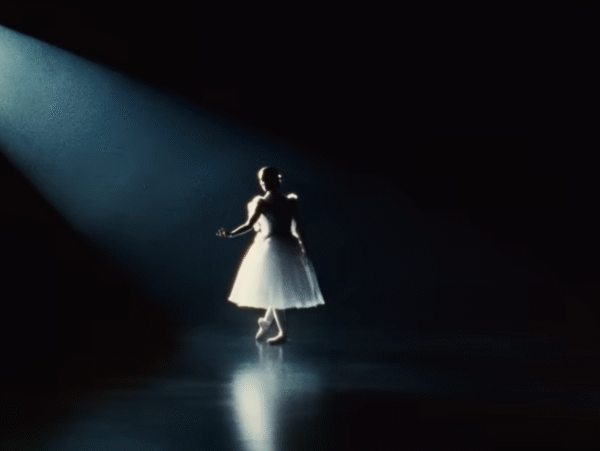
Time is a funny thing. In the late 2000s, Darren Aronofsky was a daring, audacious filmmaker who sorely needed an unequivocal win in Hollywood’s eyes. Up until then, he had spent his career making bold, provocative work such as Pi and Requiem for a Dream, which proved divisive for critics and audiences alike. In 2006, he cashed in all his chips on a big-budget, swing-for-the-fences passion project: The Fountain. The film was a massive flop, failing to recoup its budget and earning the director the worst reviews of his career. So, for his next project, he decided to play it safe with a fairly straightforward sports drama: The Wrestler. When it was released in 2008, The Wrestler became a sizable financial success and went on to earn several Academy Award nominations.
So, it’s 2010. You’re Darren Aronofsky, looking for a film to follow The Wrestler—one that allows you to blend the more conventional, audience-satiating elements of your last Academy Award–nominated effort with the more experimental, surreal, and gonzo filmmaking that’s really more your style to begin with.
What do you do?
You make Black Swan.
TOP FIVE THINGS ABOUT ‘BLACK SWAN’
5. A Tight Script
The Wrestler was the first film in Aronofsky’s career that he directed without receiving screenwriting credit. In following it up, the director chose to continue that approach, and Black Swan was once again not a project he had a hand in writing. Instead, the screenplay is credited to a trio of writers: Mark Heyman, Andres Heinz, and John McLaughlin. While the film was marketed at the time as a surreal horror movie—and is largely remembered as such—the real ingenuity of the writing lies in how it functions as a character piece.
On paper, Black Swan is less a horror film than it is a traditional sports drama in the same vein as The Wrestler—the story of someone striving for greatness within their field and facing obstacles along the way. Approaching the narrative in such an authentic and earnest manner frees the film in several ways, the most significant being the strength of its lead characters and the layered dynamics between them.
It’s a sports tragedy infused with pathos and vulnerability, the kind one might expect from a serious character study, yet it also manages to operate simultaneously as a psychological horror film.
4. Shallow Jolts
One of the weakest elements of Black Swan—and one that has arguably aged the worst since the film’s release—are the jump-scare beats peppered throughout its first two acts. For as much as the film operates as a character piece, it was heavily marketed as a horror movie, and it feels as though someone in the editing room grew a little too concerned with living up to that expectation. As a result, the film overcompensates with a series of lackluster jolts meant to pass as frights.
The problem is that these beats drain the tension rather than heighten it. Black Swan thrives on slow-burn suspense and creeping dread, and the stingers feel awkwardly out of place within that framework. One or two of these moments might have been forgivable, but the film instead leans on them repeatedly—so much so that they lose all effect.
And what are we even scared of? In practice, nearly every jump scare amounts to a middle-aged woman abruptly stepping into the frame. Yes, the thematic intent is clear—moments of maternal intrusion, repression, and authority—but the execution is blunt, obvious, and, frankly, unbecoming of a film otherwise so nuanced.
3. Aronofsky’s Experiential Direction
To his credit, I genuinely believe Aronofsky strikes a good balance between telling the more straightforward, present-tense story at hand and interweaving more subversive, surrealist elements. In tandem with cinematographer Matthew Libatique, Aronofsky crafts a visual language in which the camera becomes a participant in the dance alongside the performers. This is established from the outset in the film’s opening prologue and carries all the way through to the end. As a result, the film is filled with handheld, medium shots, creating a deeply experiential quality.
One of the most inspired elements, for me, is that Aronofsky doesn’t abandon this style for the non-dance sequences. It would have been an easy, even obvious, choice to lock the camera down and adopt a more traditional approach during these quieter moments as a point of contrast. Instead, after establishing this visual idea in the prologue, Aronofsky applies it consistently throughout Nina’s day-to-day life. Not only does this visually immerse us in her subjective perspective, but it also subtextually suggests that Nina’s everyday existence is itself a performance. To the camera, there is no distinction between her submitting to her mother’s infantilizing control and her dancing onstage. This choice feeds beautifully into the film’s themes and stands out as a stellar directorial decision.
Additionally, Aronofsky draws heavily from the visual and thematic language of films like The Red Shoes, Carrie, Suspiria, and Perfect Blue. Yet what’s most impressive is how he weaves these influences together into something that feels cohesive and organic rather than derivative. The result is a film that acknowledges its cinematic lineage while asserting its own unique identity.
2. Incredible Performances
It simply cannot be overstated what a miraculous performance Natalie Portman delivers in this film. It’s easy to see why she won the Academy Award for her work here, and even fifteen years later, her win remains entirely defensible. Her performance is multi-faceted, requiring her to evolve before the audience’s eyes while also executing extensive balletic dance routines. To put it bluntly, had the role of Nina been played by anyone not fully prepared to deliver a home-run performance, the entire film would have fallen flat. In Portman’s hands, however, Nina is simultaneously a character for whom we feel deep empathy and someone we believe is capable of dangerous extremes in her pursuit of “perfection.”
The film also boasts a host of other exceptional performances. Mila Kunis brings energy and verve to her role, serving as a lively counterbalance to Portman’s intense control. Barbara Hershey is raw and compelling as Nina’s overinvolved mother, lending emotional weight to every scene she inhabits. Winona Ryder, despite having fewer than ten minutes of screen time, leaves a memorable impression. With hindsight, it’s amusing that she’s positioned as an “over-the-hill” performer in the film, when in 2025 she arguably enjoys a career peak surpassing anything before. That’s both satisfying and delightful, and a testament to her enduring talent.
1. A ‘Perfect’ Ending
You might think I mean one thing, but I actually mean two. As remarkable as much of this movie is, the real reason Academy voters left their screenings with such strong feelings of affinity for Aronofsky’s film is the undiluted brilliance of its final two shots. With just two images and a fade-to-white, Aronofsky ties all the film’s themes together, perfectly encapsulating Nina’s character arc with grace, efficiency, and overwhelming impact. Her pursuit of perfection reaches its tragic conclusion—she literally sacrifices herself to achieve it. It’s an ending so powerful that it feels both inevitable and deeply satisfying, a testament to the meticulous craft of every element of the filmmaking on display.
RGM GRADE
(B+)
I really like Black Swan. Full disclosure: I hadn’t seen the film since its theatrical release back in 2010, and I thoroughly enjoyed revisiting it in IMAX for this re-release. I was only fifteen years old back then and remembered very little about the viewing beyond finding it surreal and captivating. Now, the film feels far less strange, and I understand it much more—both cinematically and on a personal, empathetic level. That understanding only made me appreciate it even more. The journey isn’t without its bumps, but good lord, that ending is so perfect that it almost erases any minor gripes you may have had.
Discover more from RATINGS GAME MUSIC
Subscribe to get the latest posts sent to your email.


